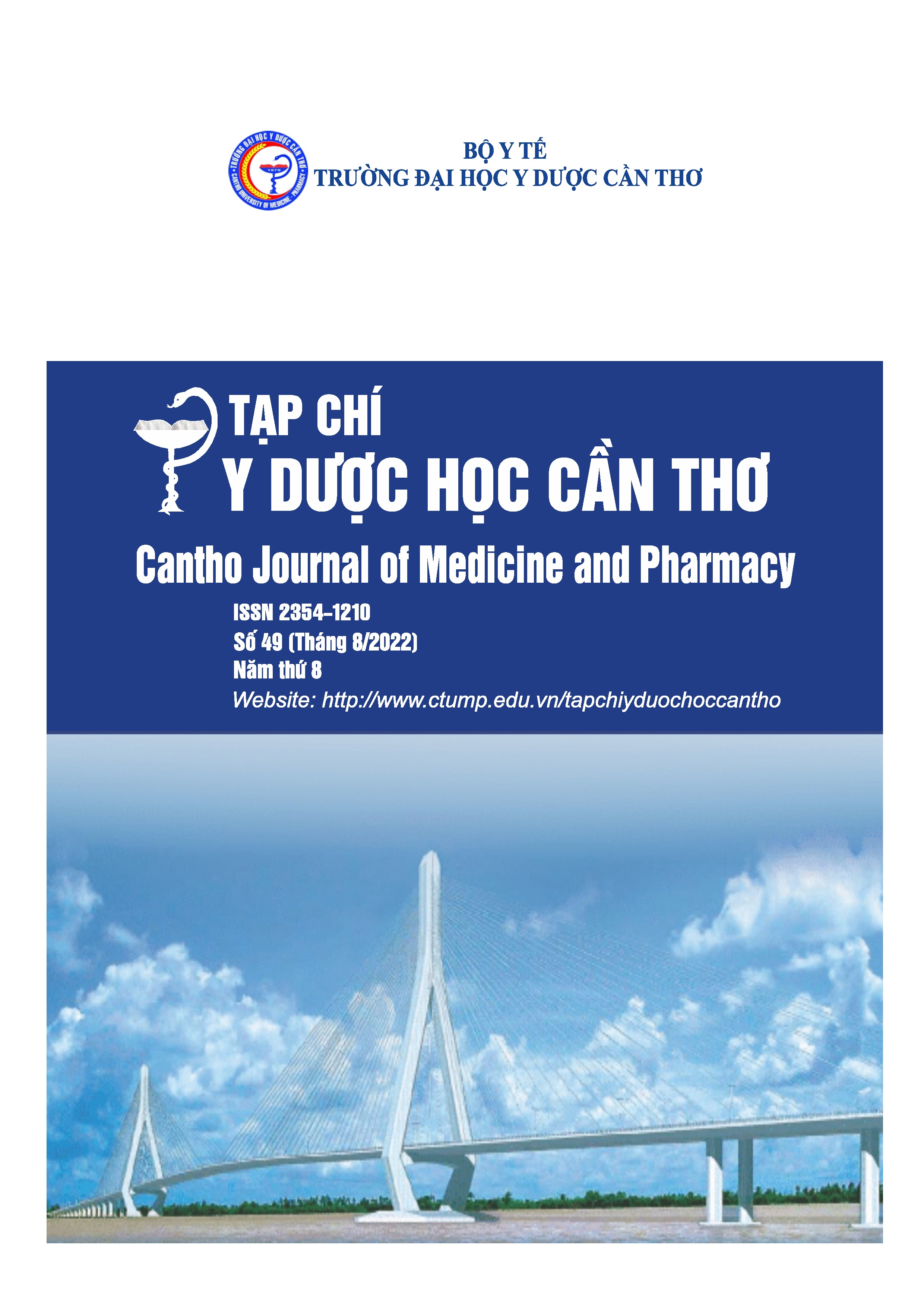EVALUATION OF IMPROVEMENT IN THE PATIENT'S EYESIGHT IN FAR DISTANCE BEFORE AND AFTER PHACO SURGERY
Main Article Content
Abstract
Background: The improvement in patient’s eyesight after cataract surgery that is a legitimate expectation of patients and doctors. Objective: To identify the level of improvement in patient’s eyesight among far distance after phaco surgery. Materials and method: A analytically described cross-sectional study was conducted on 492 patients with Phaco cataract surgery. The data is collected using the internal data source of Phaco surgical patient information. Results: Of the 492 patients involved in our study, 316 were female and 176 were male. The average age of the patients was 66.68±10.33 years of age with 78.0% of patients aged 60 and over having 468 patient visits – corresponding to a rate of 95.1% of patients with good vision improvement after surgery; there were 24 patient visits – corresponding to a rate of 4.9% of patients with poor vision improvement after surgery. Conclusions: More than 95% of patients improved their eyesight well according to the Quality Standards of Cataract Surgery of the Ministry of Health.
Article Details
Keywords
Phaco, improvement, eyesight, Can Tho
References
2. Bộ Y tế (2018), Quyết định Số: 7328/QĐ-BYT về việc Ban hành hướng dẫn chuẩn chất lượng về chẩn đoán và điều trị đục thủy tinh thể, Hà Nội.
3. Trần Thị Hoàng Nga (2020), “Nghiên cứu kết quả phẫu thuật phaco đặt thể thủy tinh đa tiêu loạn thị”, Luận án Tiến sĩ Y Học, Trường Đại học Y Hà Nội, Hà Nội.
4. Trần Tất Thắng (2018), “Nghiên cứu hiệu quả của kính nội nhãn đa tiêu cự trong phẫu thuật Phaco điều trị bệnh đục thể thủy tinh”, Luận án Tiến sĩ Y học, Trường Đại học Y Hà Nội, Hà Nội. 5. Trương Thanh Trúc (2015), “Đánh giá chất lượng thị giác trên bệnh nhân đặt kính nội nhãn đa tiêu”, Luận văn Chuyên khoa cấp II, Đại học Y Dược TP.Hồ Chí Minh, TP. Hồ Chí Minh.
6. Bissen-Miyajima H., Hayashi K., & Hirasawa M. (2015), “Clinical Results of Tinted Aspherical Multifocal IOL with +2.5 Diopter Near Add Power SN6AD2 (SV25T0)”, Nippon Ganka Gakkai Zasshi, 119(8), pp.511-520.
7. De Medeiros A.L. (2017), “Comparison of visual outcomes after bilateral implantation of a diffractive trifocal intraocular lens and blended implantation of an extended depth of focus intraocular lens with a diffractive bifocal intraocular lens”, Clin Ophthalmol, 11, pp.1911-1916.
8. Ferreira T.B., Marques E.F., & Rodrigues A. (2013), “Visual and optical outcomes of a diffractive multifocal toric intraocular lens”, J Cataract Refract Surg, 39(7), pp.1029-1035.
9. Luis F.-V., & David Madrid-Costa (2010), “Bilateral implantation of the Aeri.LISA bifoeal intraocular lens in myopie eyes”, Eur J Ophthalmol, 20(1), pp.83-89.
10. Park J.-H., Yoo C., & Song J.-S. (2016), “Effect of cataract surgery on intraocular pressure in supine and lateral decubitus body postures”, Indian J Ophthalmol, 64(10), pp.727-732.
11. Sano M., Hiraoka T., & Ueno Y. (2016), “Influence of posterior corneal astigmatism on postoperative refractive astigmatism in pseudophakic eyes after cataract surgery”, BMC Ophthalmol, 16(1), pp.212-220.
12. Van der Jan Willerm L., van Velthoven M., & van der Meulen (2012), “Comparison of a newgeneration sectorial addition multifocal intraocular lens and a diffractive apodized multifocal intraocular lens”, J Cataract Refract Surg, 38(1), pp.68-73.


